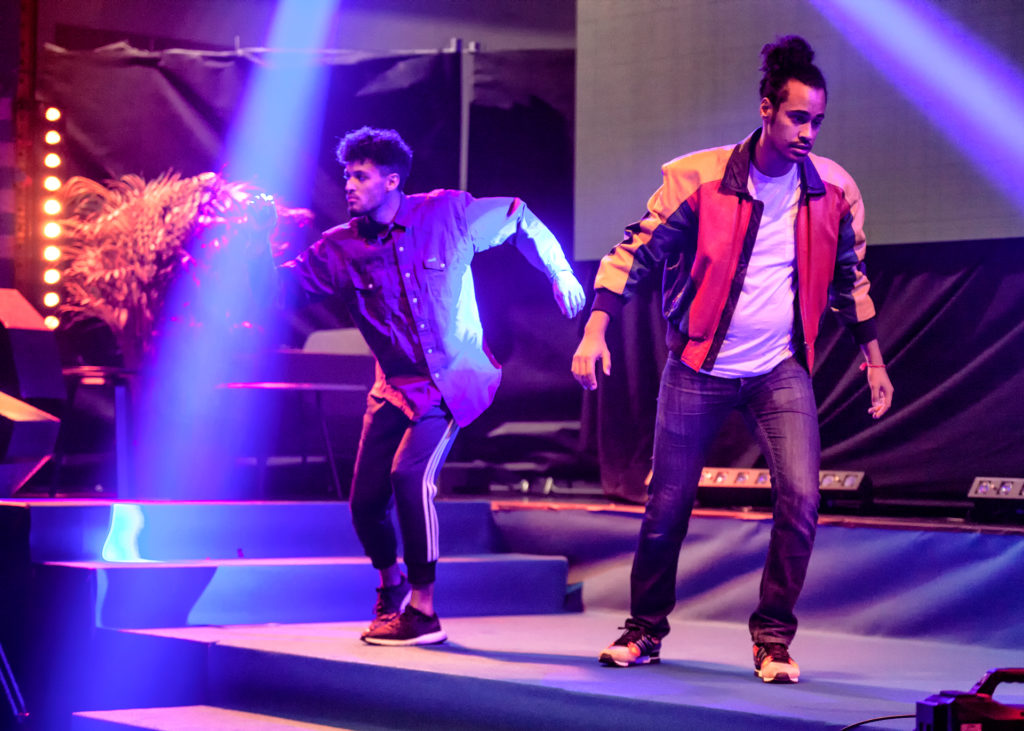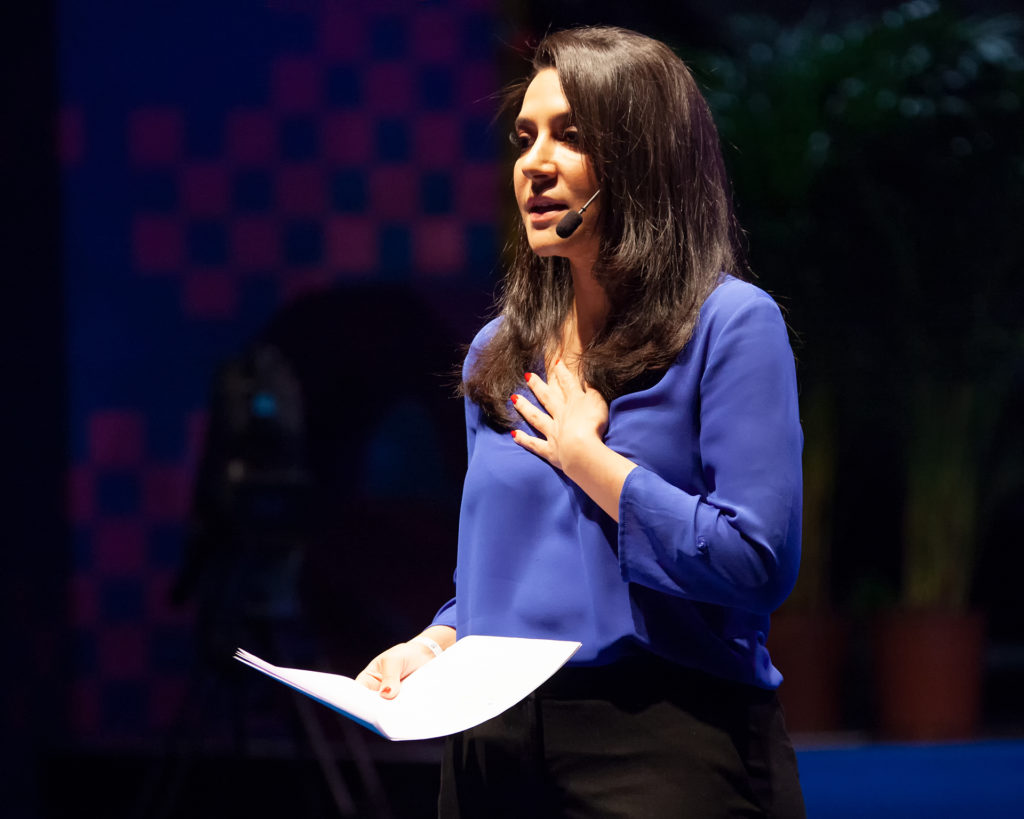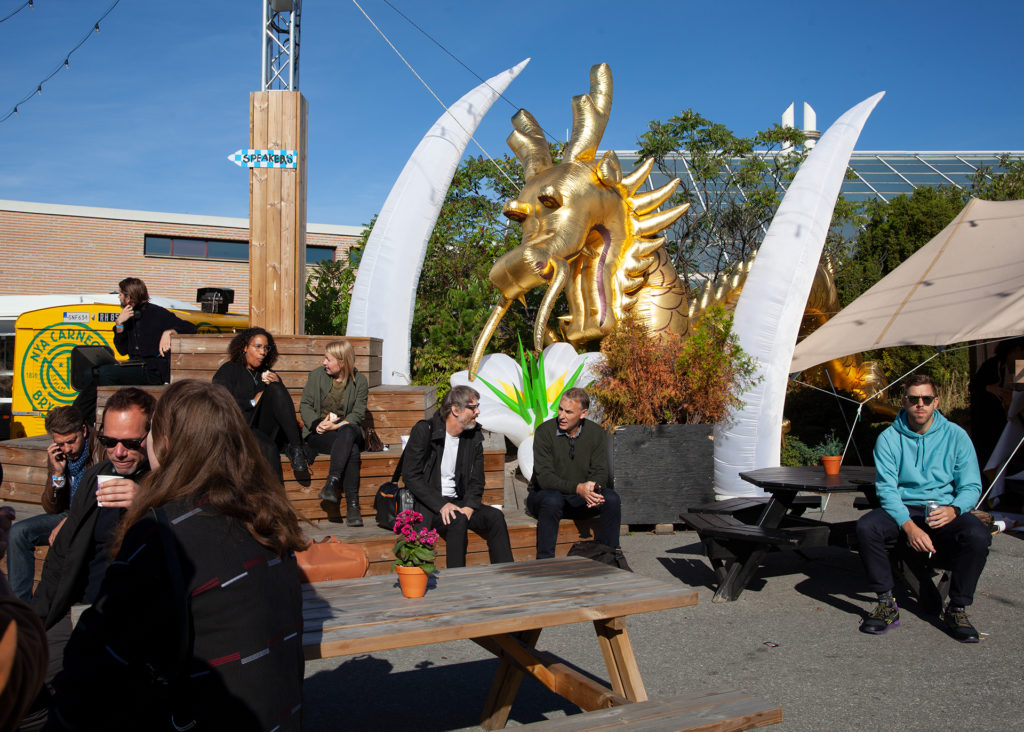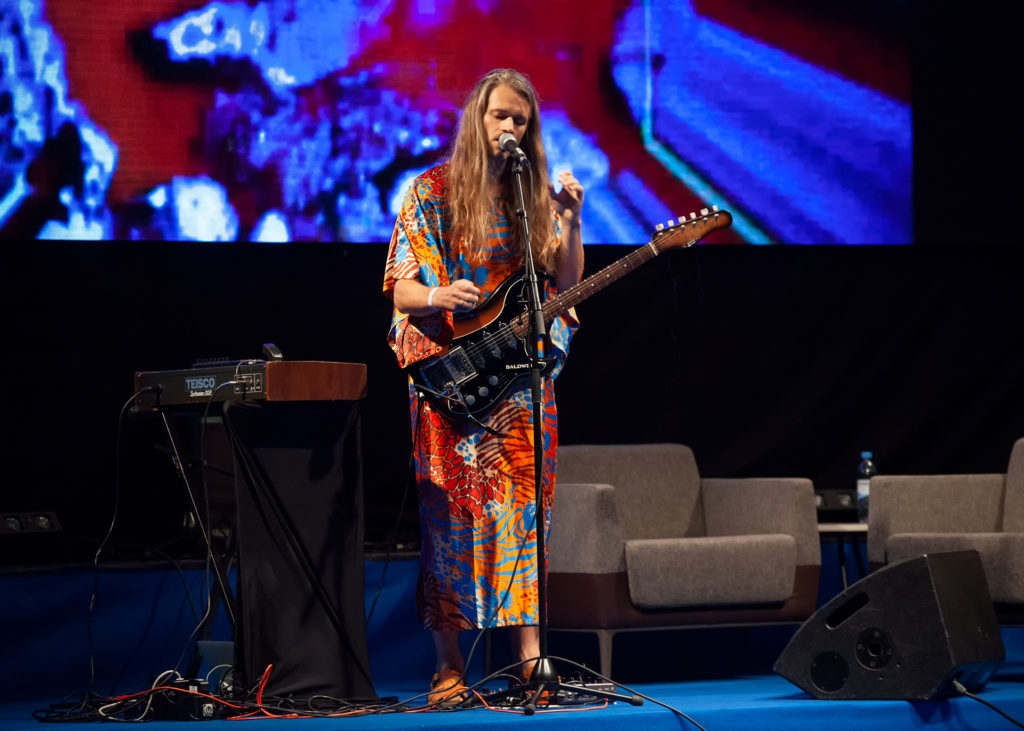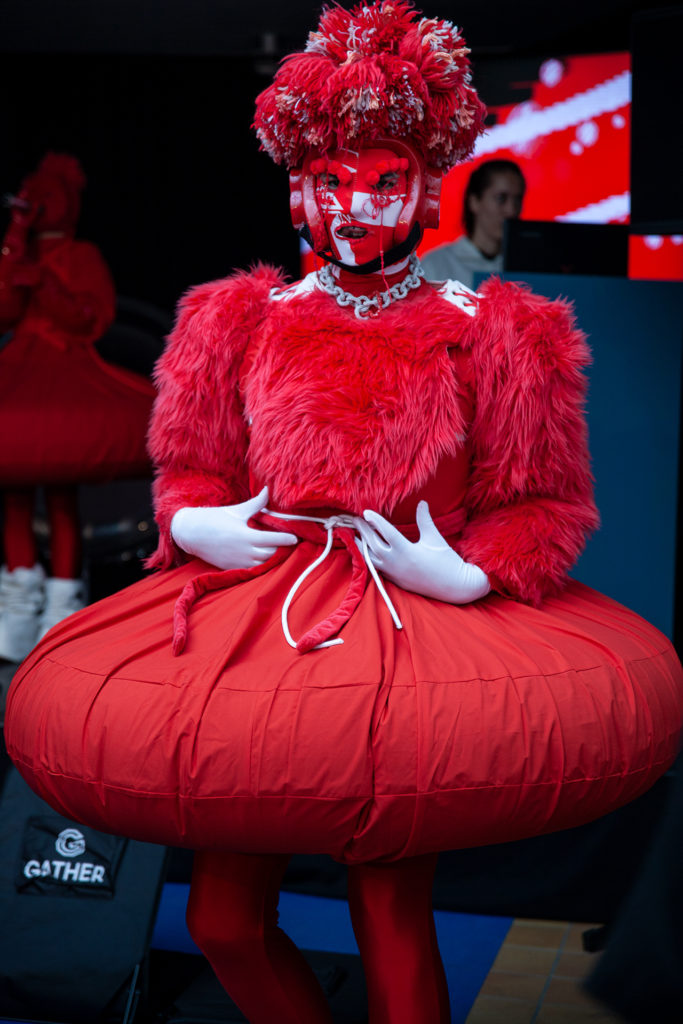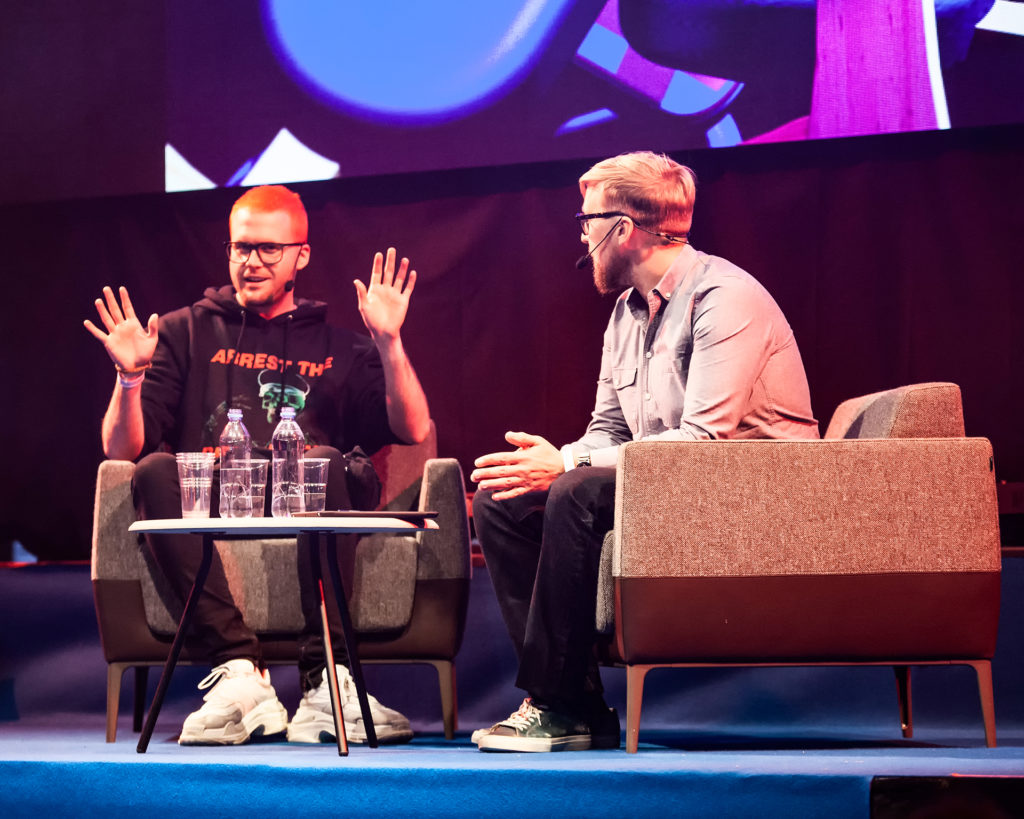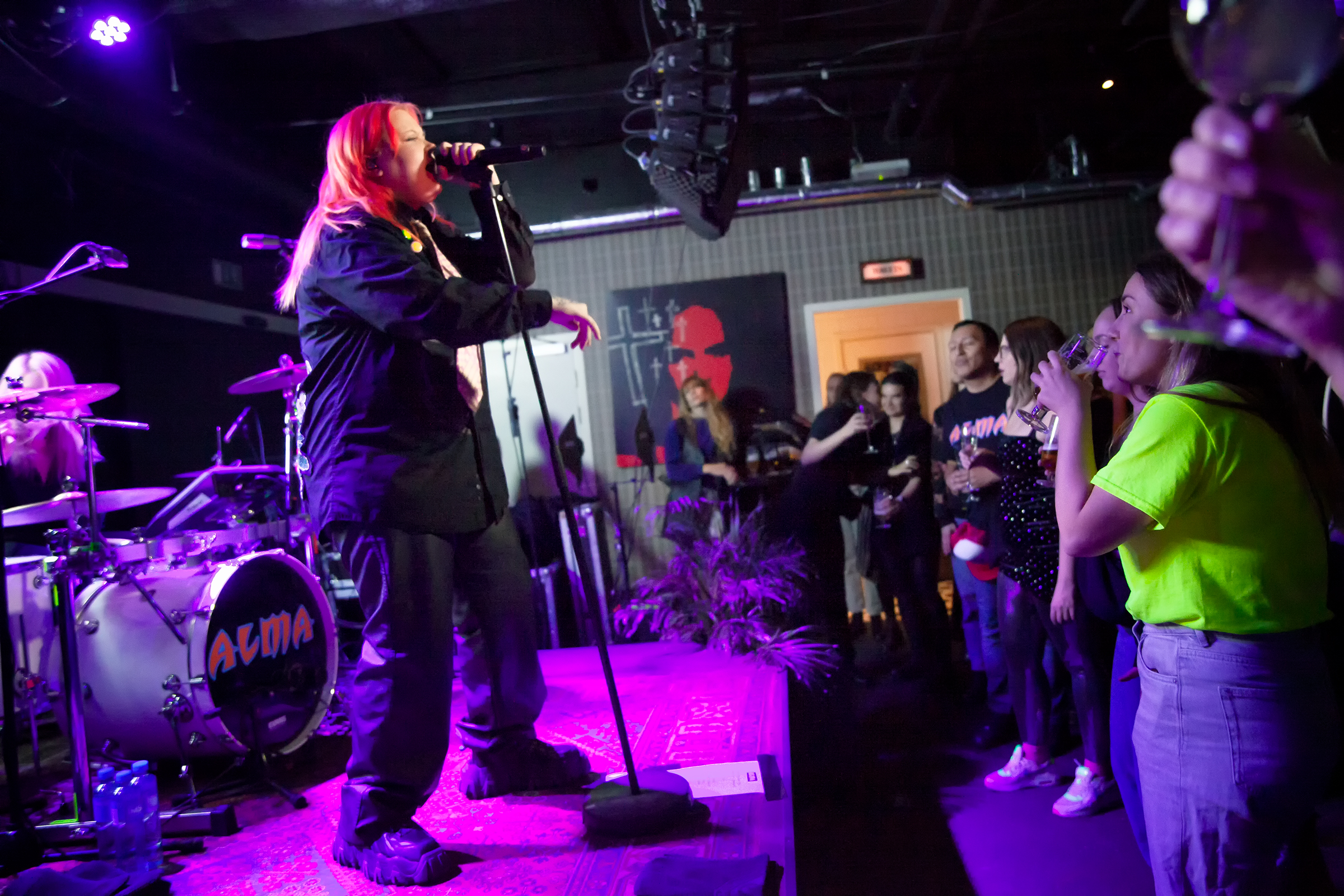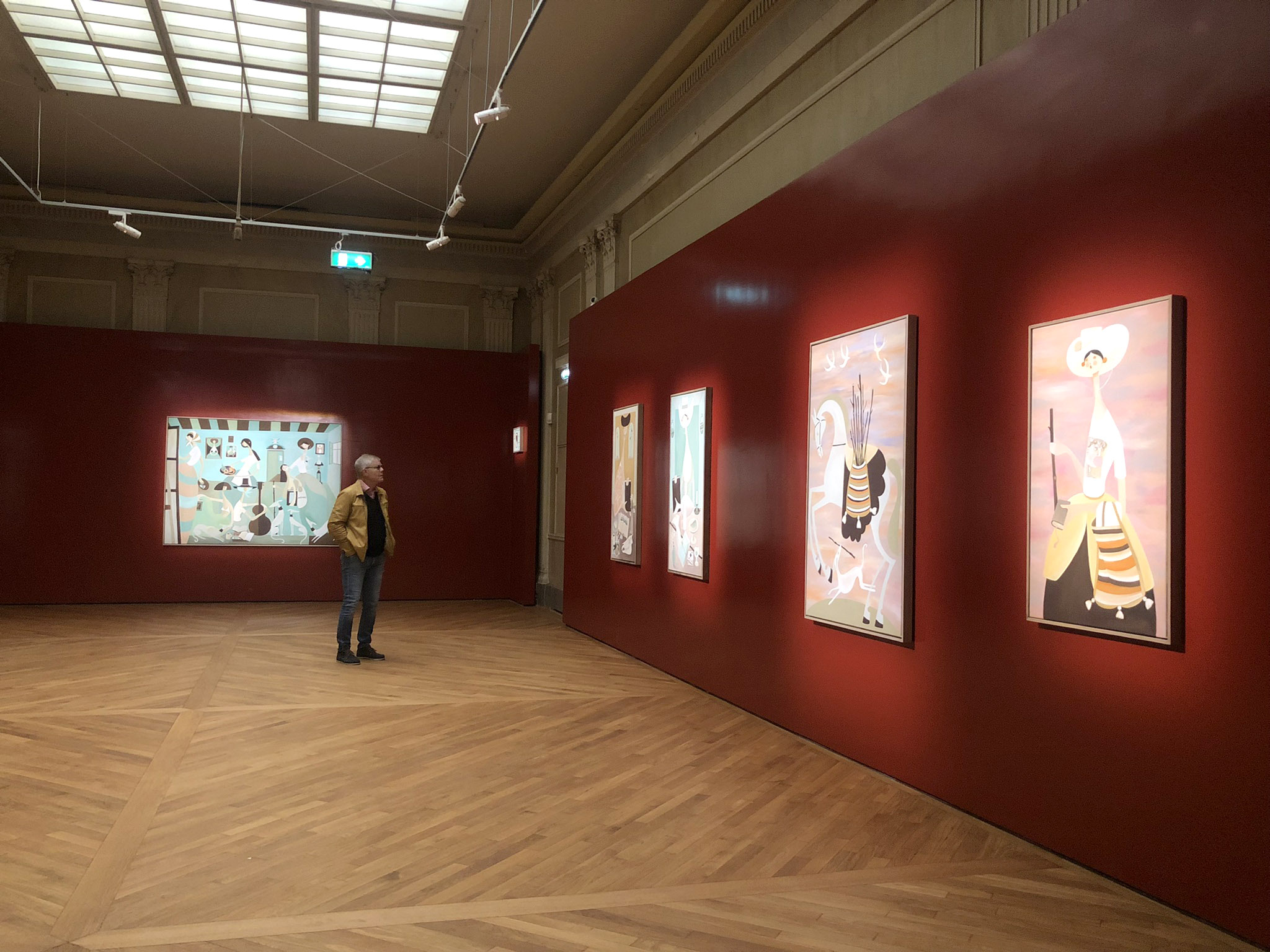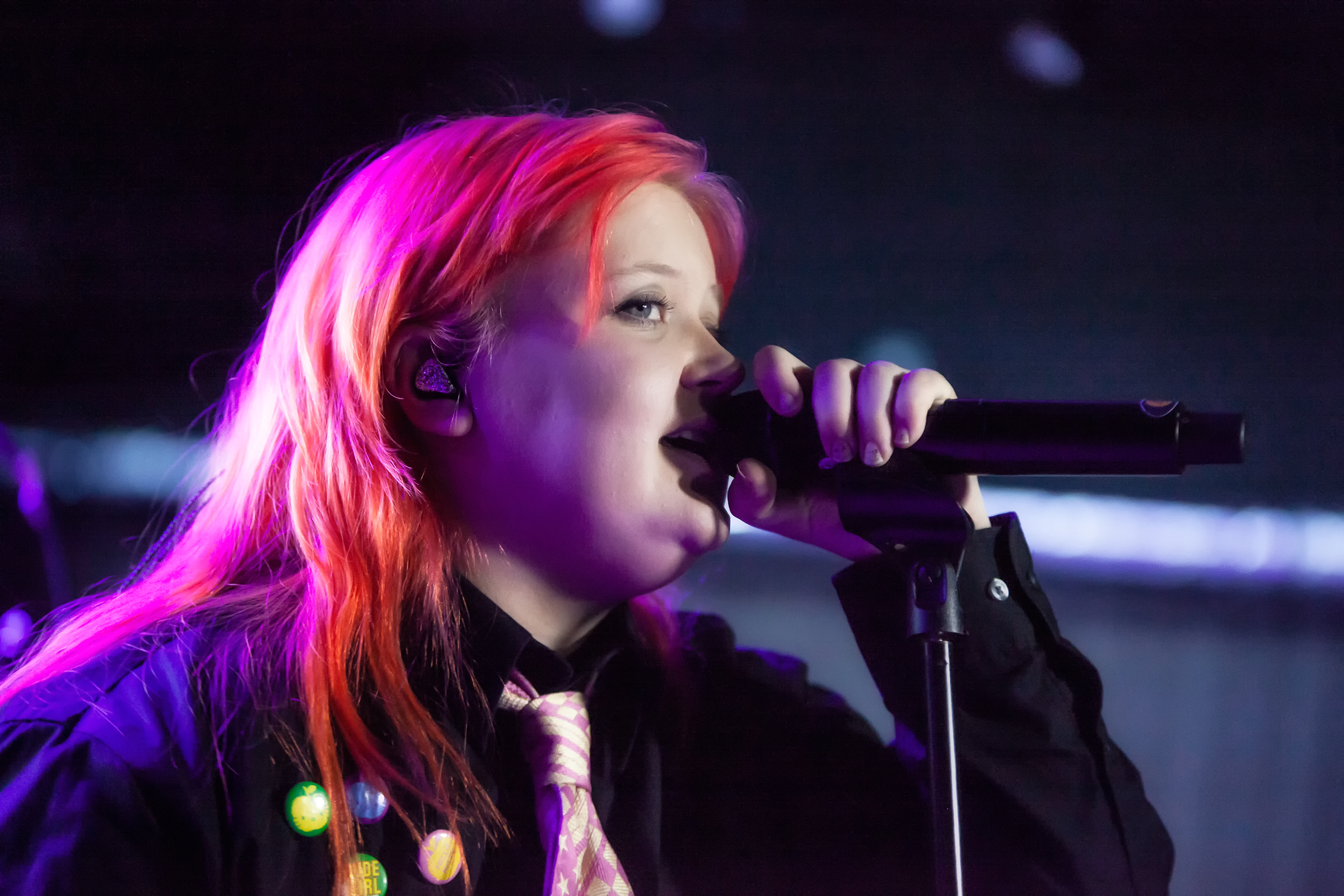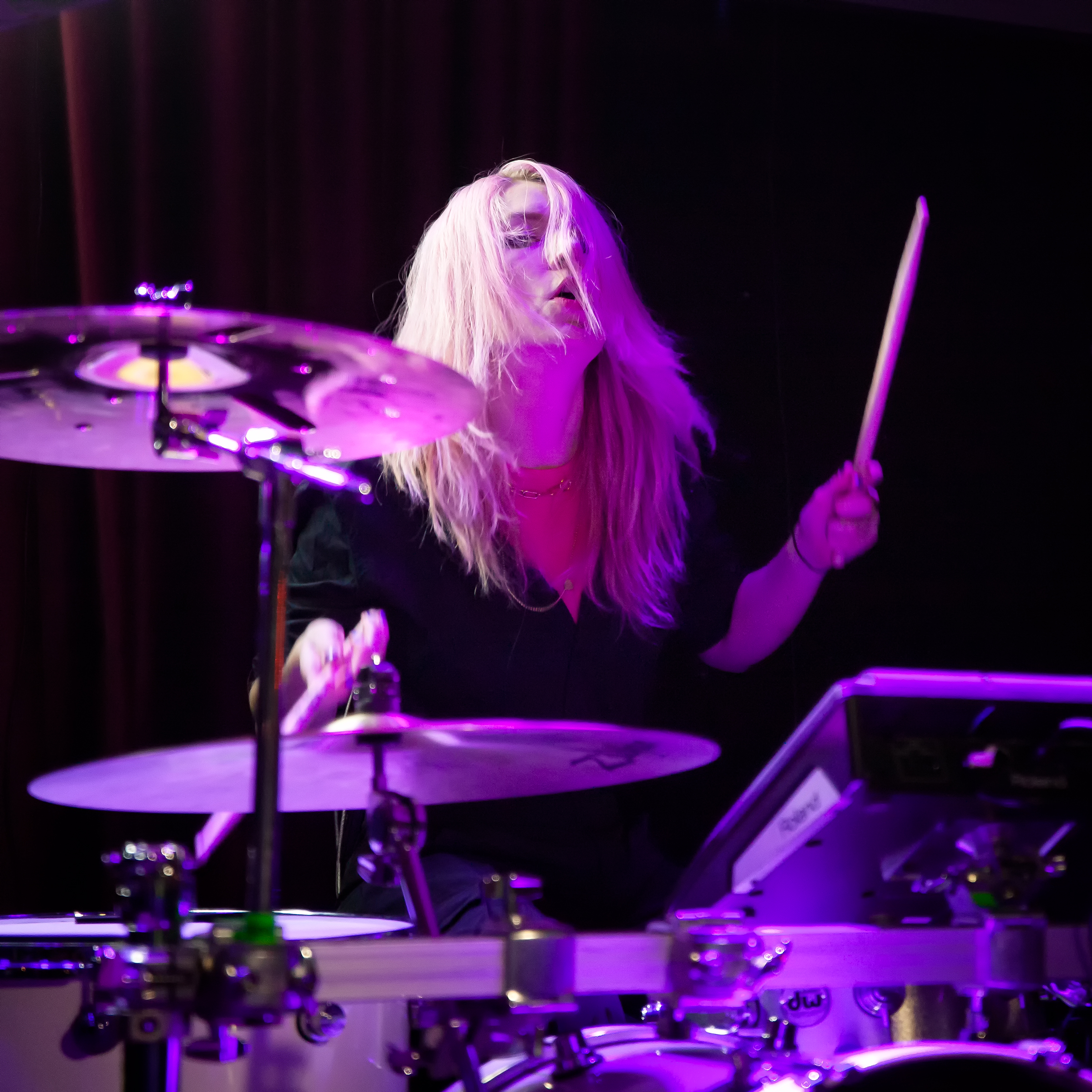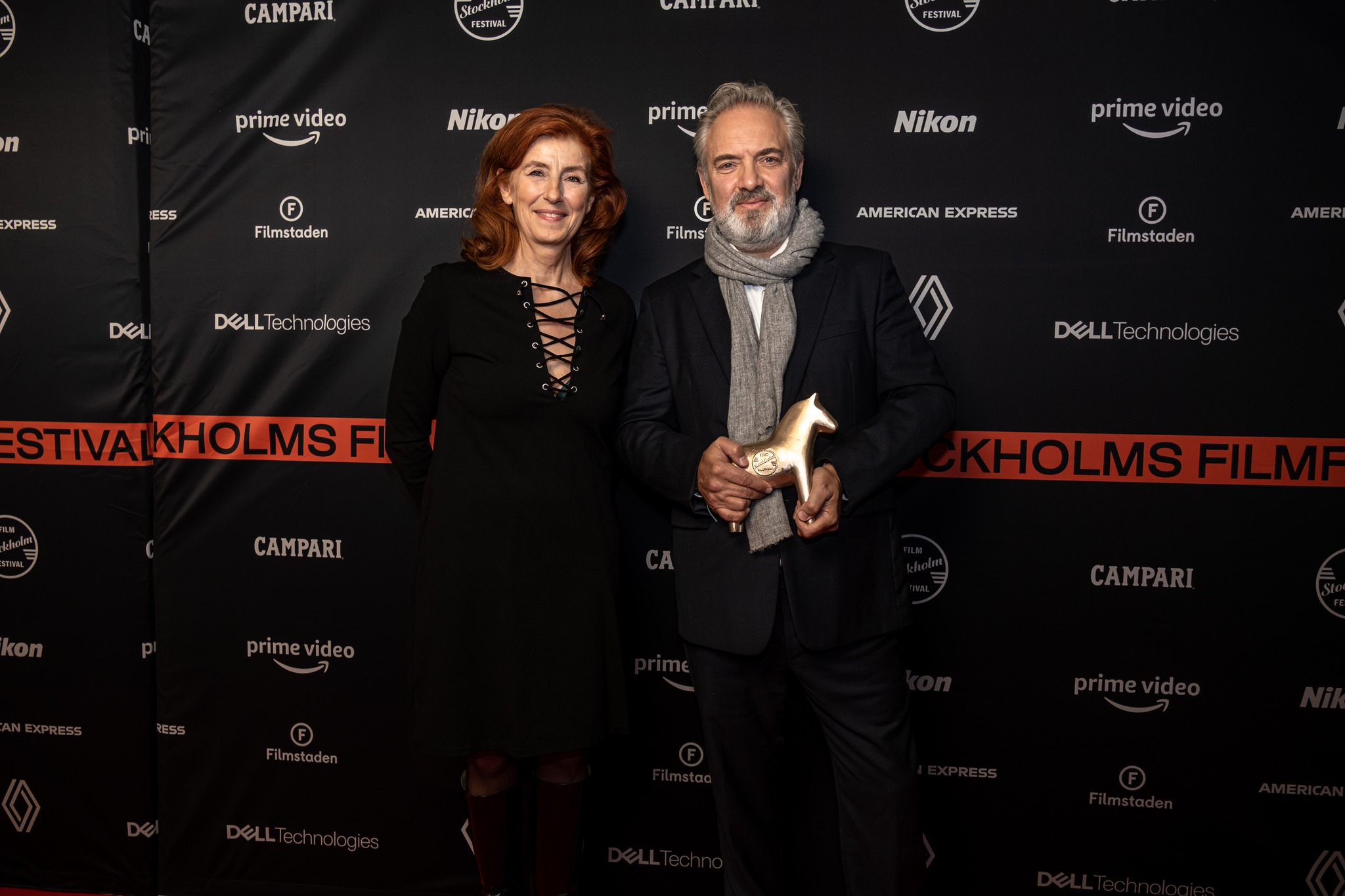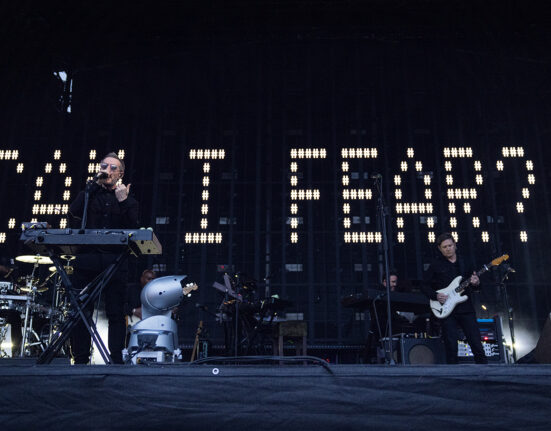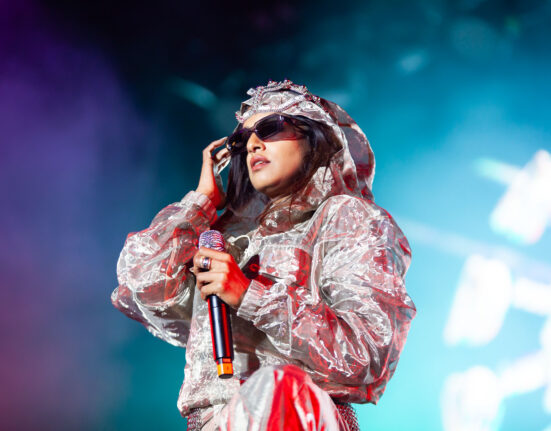Gather was back with their second edition and brought along more than 50 speakers for the conference part at Nobelberget, more than a hundred artists at 15 different venues for the music festival part, as well as 15 different innovation labs, innovative restaurant cooperations, and well, even sauna sessions. There was definitely something for everybody.
Gather was founded by Jakob Grandin, who runs one of the most popular clubs in town, Under Bron. The aim of the conference-cum-festival has been to investigate society and its future, embrace complexity and burst filter bubbles, to offer inspiring and unexpected experiences for the curious minds. It’s where people of different backgrounds meet up to get inspired and inspire others to try to solve the most important contemporary issues.
The keywords the whole conference centered upon were Question. Collaborate. Think different. There were five main themes, all very topical and fascinating in their own right: Urban Planning & Society, Humans & Machines, Democracy & Power, Media, Design & Creativity and Money, Business & Transactions. The speakers ranged from academics to entrepreneurs and grassroots activists to innovators. There were also some controversial speakers like Sheela Birnstiel, the former spokeswoman of the Rajneesh movement featured in the Netflix documentary series, Wild Wild Country; as well as the Cambridge Analytica whistleblower Christopher Wylie.
The atmosphere was laid-back, people seated on pillows and foldable floor-level chairs, and the lights turned atmospherically low, so the focus was on the stage and the speakers. Beside the two bigger stages, there was also another smaller stage as well as “box talks” for small break-out sessions, and obviously the labs, where people could get hands on with the issues. There were so many things going on during the day that everybody could tailor their own programme to their liking. You could start your morning with a yoga session, or spend your evening in the forest with others wishing to experience the wilderness.
We bring you our pictures of some of the highlights of the Gather 2018 conference.
